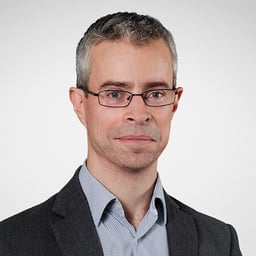
J A Kemp
Lawyers

Andrew Clark
- Phone020 3077 8600
- Email[email protected]
- Social
- Profilejakemp.com
Work Department
Chemistry and Pharmaceuticals
Position
Partner, European and UK Patent Attorney
Career
Andrew is a European and UK Patent Attorney based in our London office. Having an educational background in both general chemistry and chemical physics, Andrew enjoys working with clients whose interests combine chemistry with other technical areas, such as petrochemical and biochemical engineering, electrochemistry, chemical modification of biological molecules including RNA therapeutics and antibodies, medical devices and computational chemistry. He has also worked extensively in the pharmaceutical field, including on commercially important patent portfolios relating to coeliac disease, antibody-based anti-cancer drugs and new delivery systems for local anaesthetics.
Andrew’s client base is extensive and diverse, but he has particular experience in advising companies based in the USA and Japan on their European IP strategy. Andrew also has extensive experience in prosecuting challenging US patent applications for domestic clients at the US PTO, with a strong track record of securing successful results against the odds. A regular visitor to the USA and Japan, Andrew keeps himself fully informed on legal developments in these commercially crucial jurisdictions.
Andrew advises many university-based technology transfer bodies, including UCL Business and Oxford University Innovation. He is known for providing easy-to-follow, pragmatic and commercially-minded advice to companies of all sizes on their IP strategy and portfolio management.
Andrew joined J A Kemp in 2006 and became a partner in 2016.
Memberships
Fellow of the Chartered Institute of Patent Attorneys (CIPA); Member of the Institute of Professional Representatives before the European Patent Office (EPI)
Education
University of Oxford, Masters Degree in Chemistry (Gibbs prize winner for highest first class honours); University of Oxford, DPhil in Physical and Theoretical Chemistry, involving laboratory studies, and quantum mechanical modelling, of laser-induced photodissociation reactions